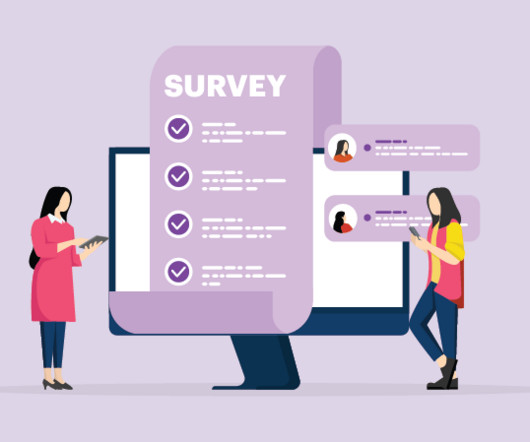Why the Future of Work Isn’t About ‘Going Back’ with Melissa Marsh
All Work
MARCH 4, 2025
About This Episode As organizations wrestle with return-to-office policies, hybrid work models, and defining the role of physical workplaces, Melissa Marsh , Founder & CEO of PLASTARC , offers a fresh perspective. How organizations are approaching hybrid, remote, and return-to-office policies differently.













Let's personalize your content